What is a microadventure?
The cynic in me says that “microadventure” is simply a clever rebranding of what used to be called “outdoor activities” and “overnight trips”. The idealist in me is totally won over by the idea that adventure is a state of mind, and you can have one even when you don’t have much time, money or experience. What a great idea!
How long is a microadventure?
- Get on a train/cycle to the countryside after work
- Climb a hill and sleep under the stars
- Return in time for work the next morning
We are going to attempt Alastair Humphreys' "My Year of Microadventure" challenge of camping out once a month, but we’re also aiming to have a microadventure every week - and the length of those adventures will vary quite a bit. It might include having a picnic, spending an evening of wildlife spotting, performing in public, doing a multi-day walk, making something or going on an overnight break somewhere new.
How much does a microadventure cost?
A Journey on the Tube from Alastair Humphreys on Vimeo.
I challenge YOU to a year of microadventure
- Do Alastair Humphreys' "My Year of Microadventure" challenge. That page has an outline of each month's challenge, a printable calendar, a Google calendar and a whole list of ideas for making your microadventures more fun, challenging and/or sociable. The basic microadventure boils down to: "Sleep outdoors. Don’t use a tent. Pack light. Plan simple. Seek wildness. Challenge yourself." Alastair outlines some common reasons/excuses for going on not going on microadventures and suggests examining those reasons/excuses by replacing "I can't" with "I choose not to" (e.g. "I choose not to climb a hill" instead of "I can't climb a hill", "I choose not to afford the time" instead of "I can't afford the time"). Now, while that can be a great motivation strategy for some people, I know that for many of us "I can't" really does mean "I can't", which is why . . .
- We’ve hooked up with a few friends from around the world for an informal monthly microadventure challenge. We'll try to make these adventures more accessible (physically, financially, geographically) and varied than the “sleep in a bivvy bag” style microadventures. You can choose to make them more or less challenging for yourself. It’ll work something like this: I’ll post the challenge here (or link to it), and you have until the end of the month to complete it. If you want, you can document it on your own web space (e.g. blog, gallery, website, social media) and pop a link in the comments of the challenge post. If this gains some momentum, I'll post a round-up linkspam at the end of the month. January's challenge is: spend time on top of a hill.
- Create your own microadventure challenge. Lots of microadventure ideas are outdoorsy, but they don’t have to be. Some of the ideas my partner and I have come up with focus on food, creativity, sightseeing and learning. Just think of something you’ve been wanting to try, or try again. Check out the links below for some inspiration.
Microadventure inspiration
- Alastair Humphreys’ microadventures (subscribe to his blog, too)
- These microadventure videos
- National Trust’s 50 Things to do Before You’re 11 ¾
- Tim Moss’ 100 Club
- The Family Adventure Project
- Popular Bucket List items (some of these are pretty iffy, you’ve been warned)
- 100 family challenges video
- The #microadventure hashtag on Twitter
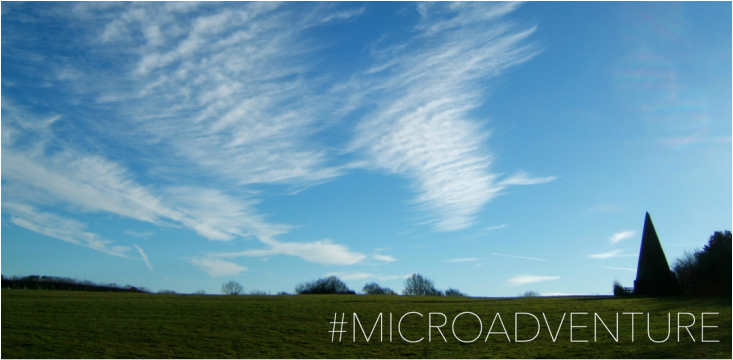

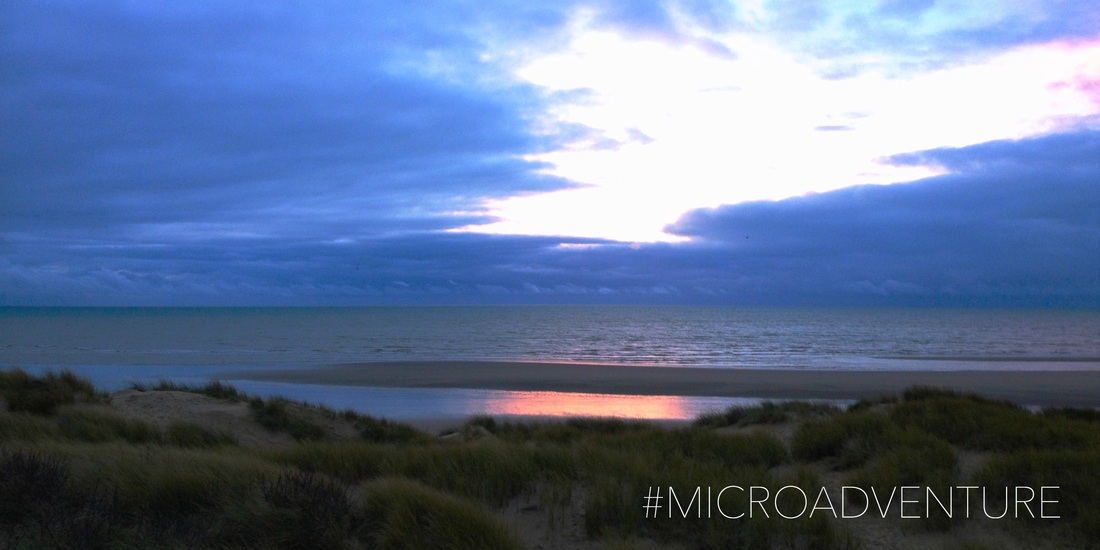
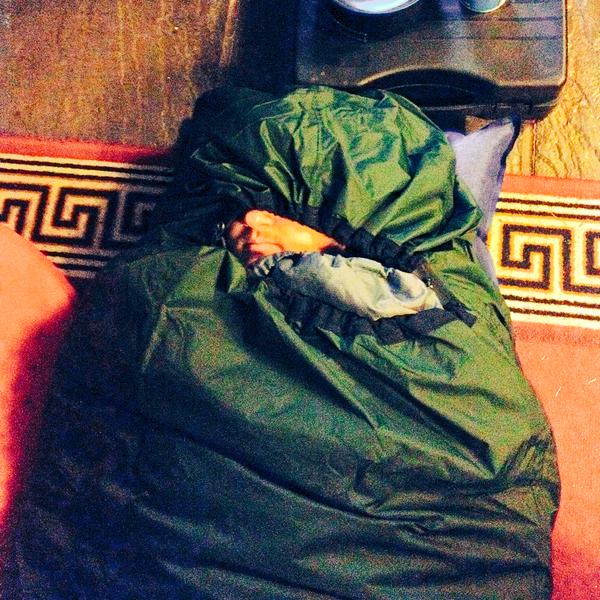


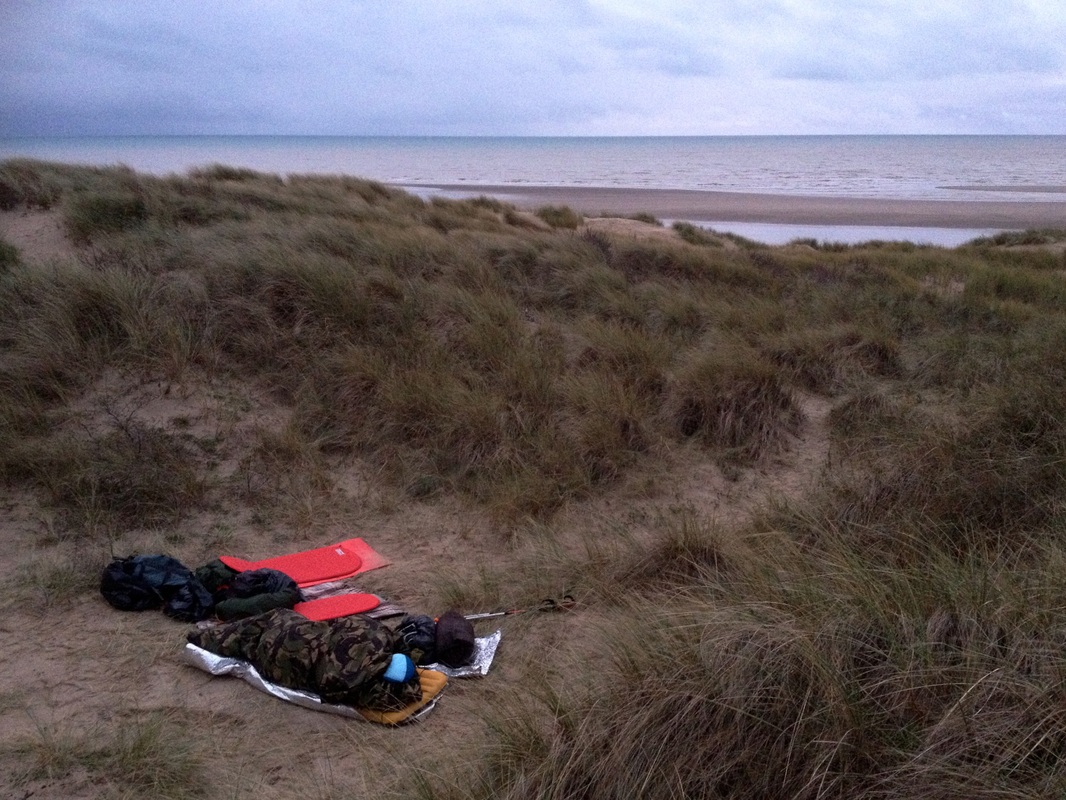
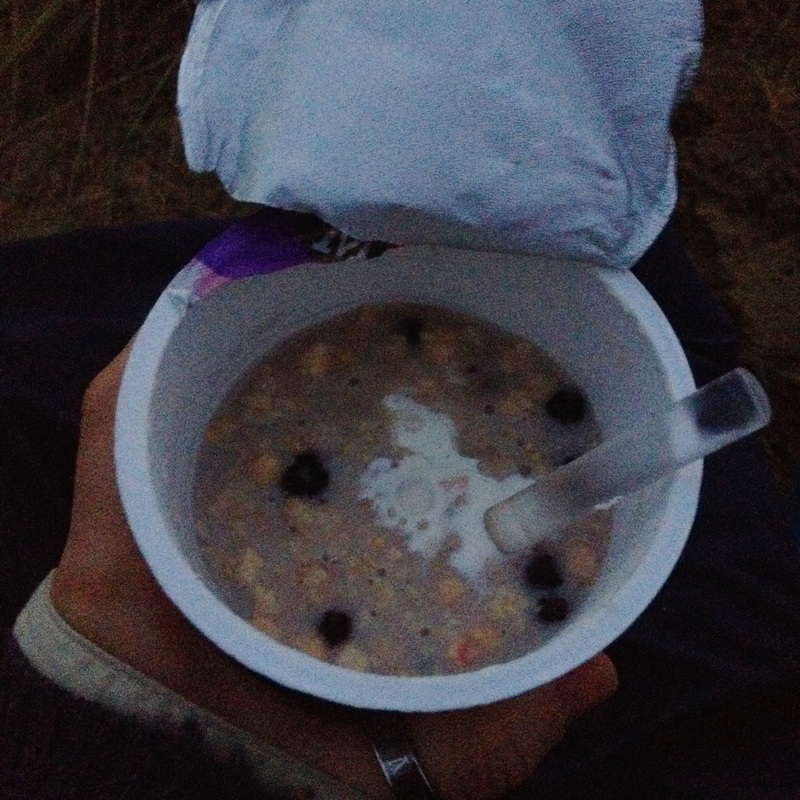
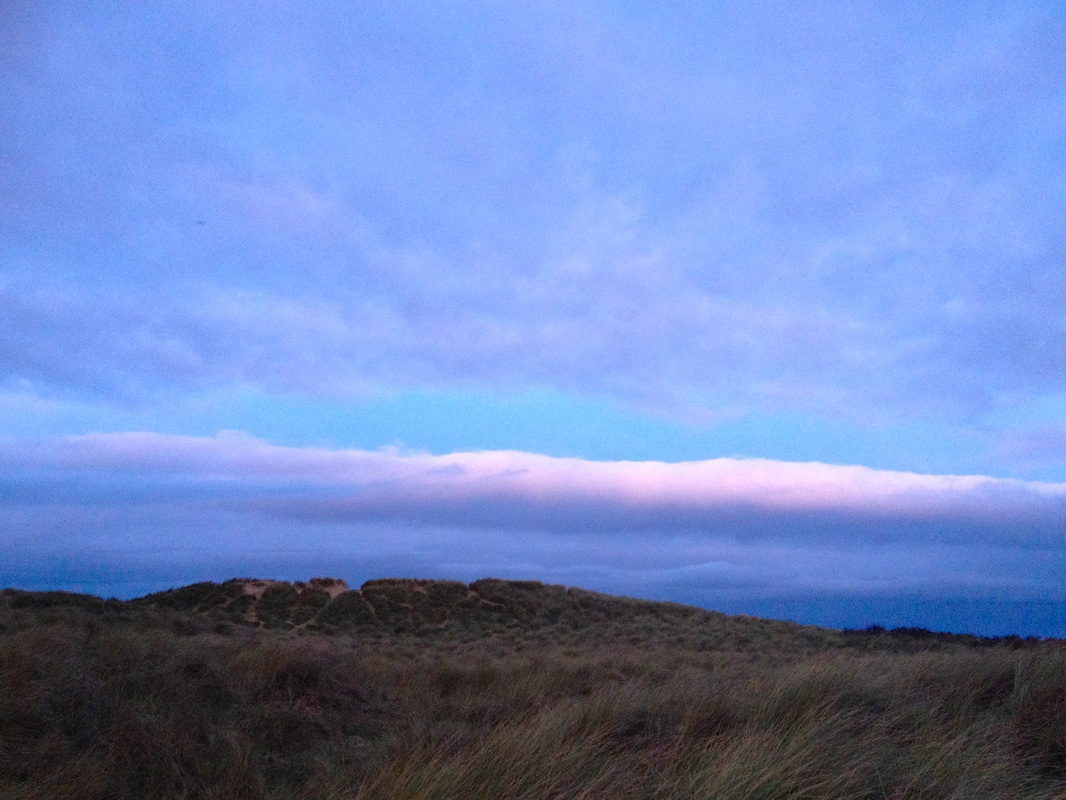
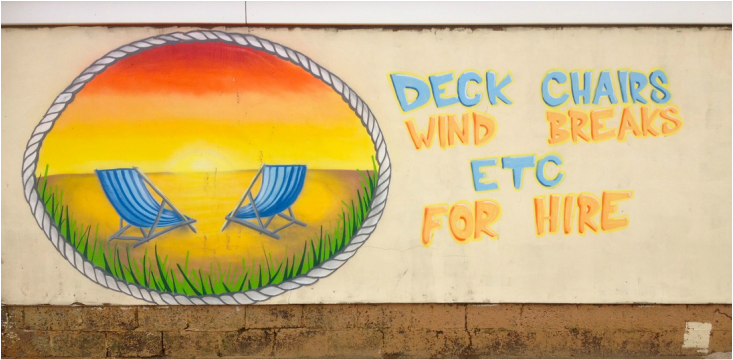
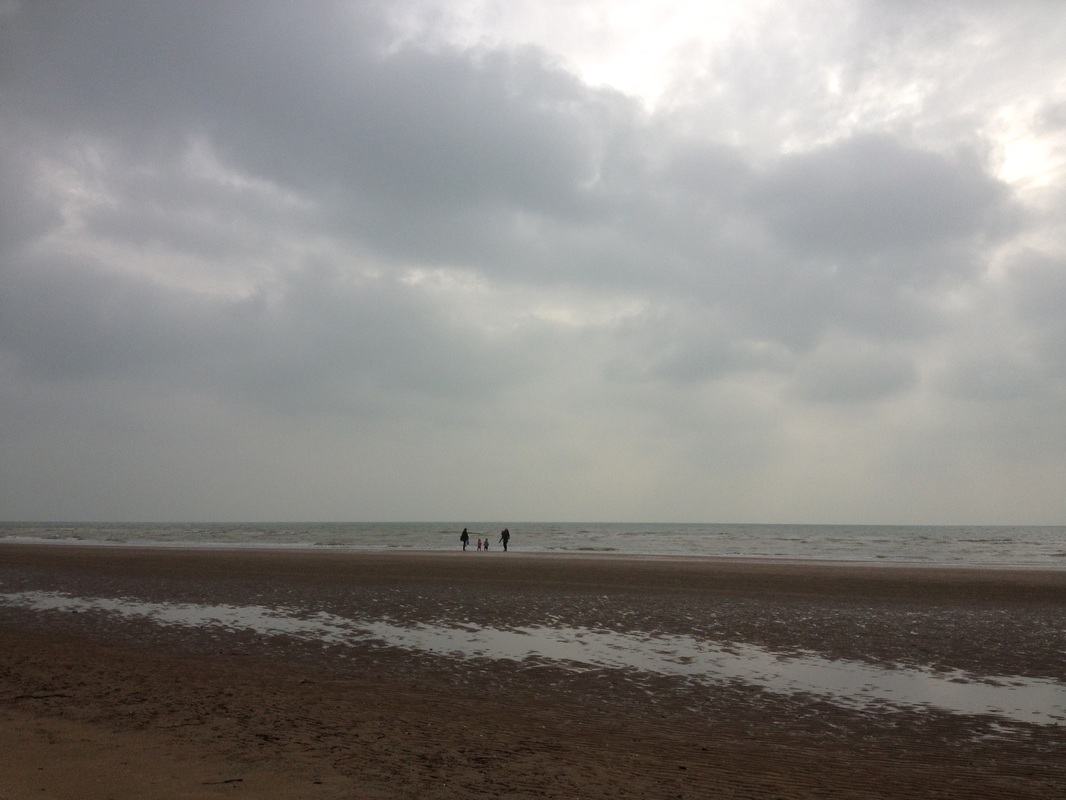
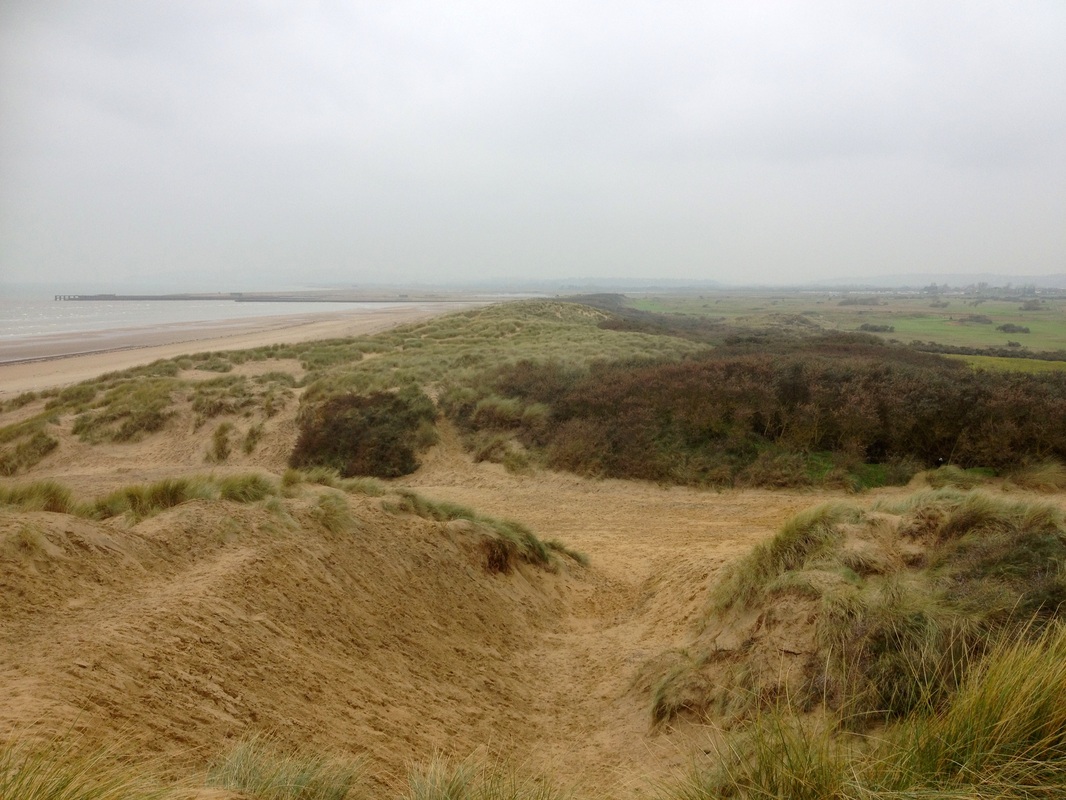
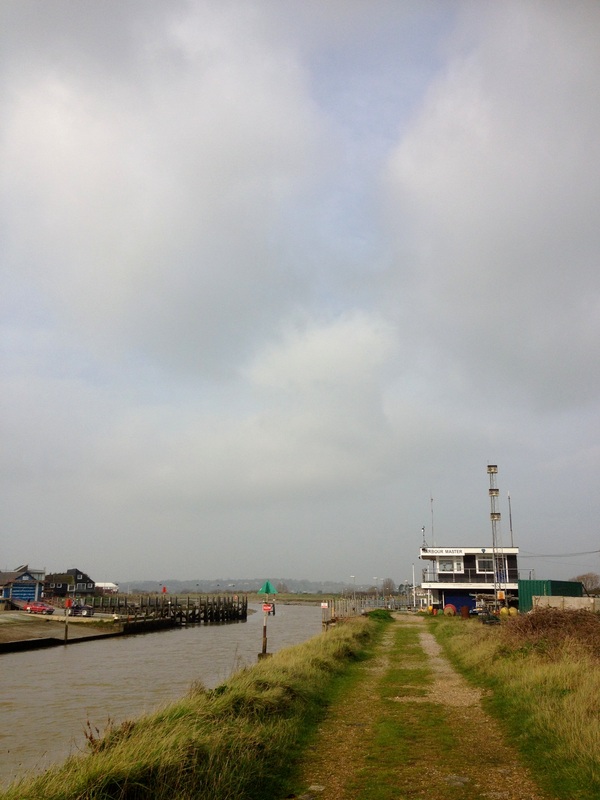
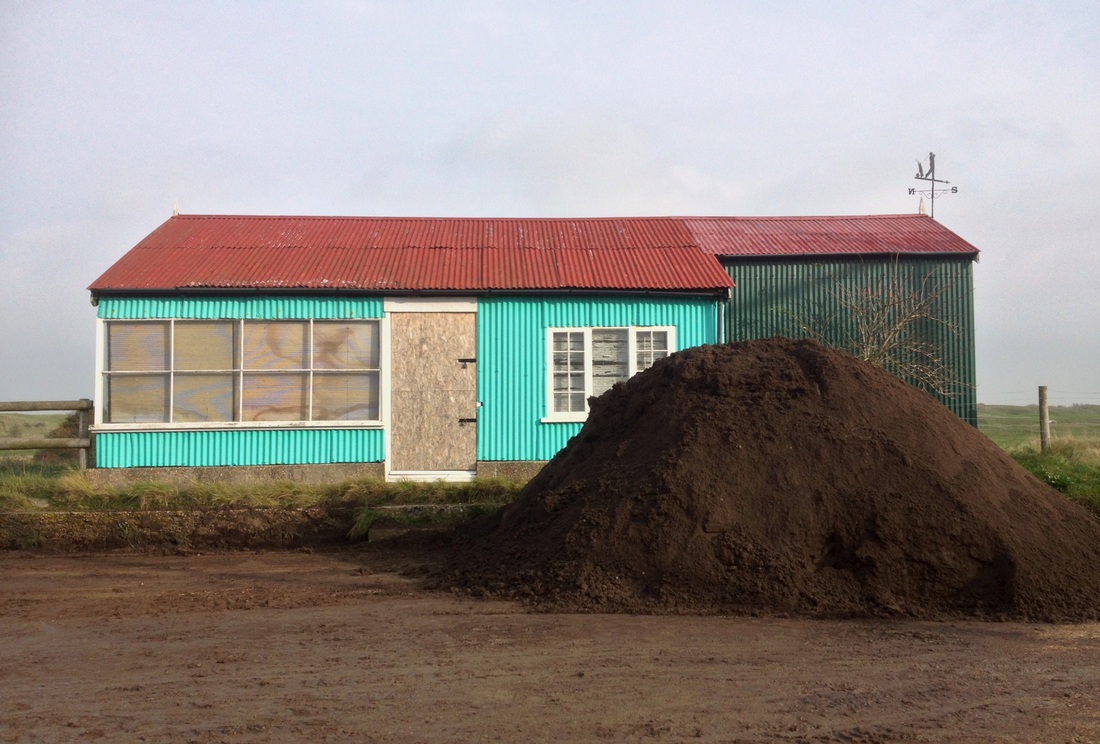
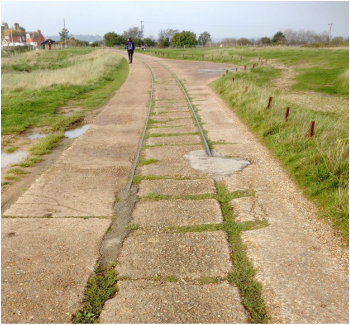
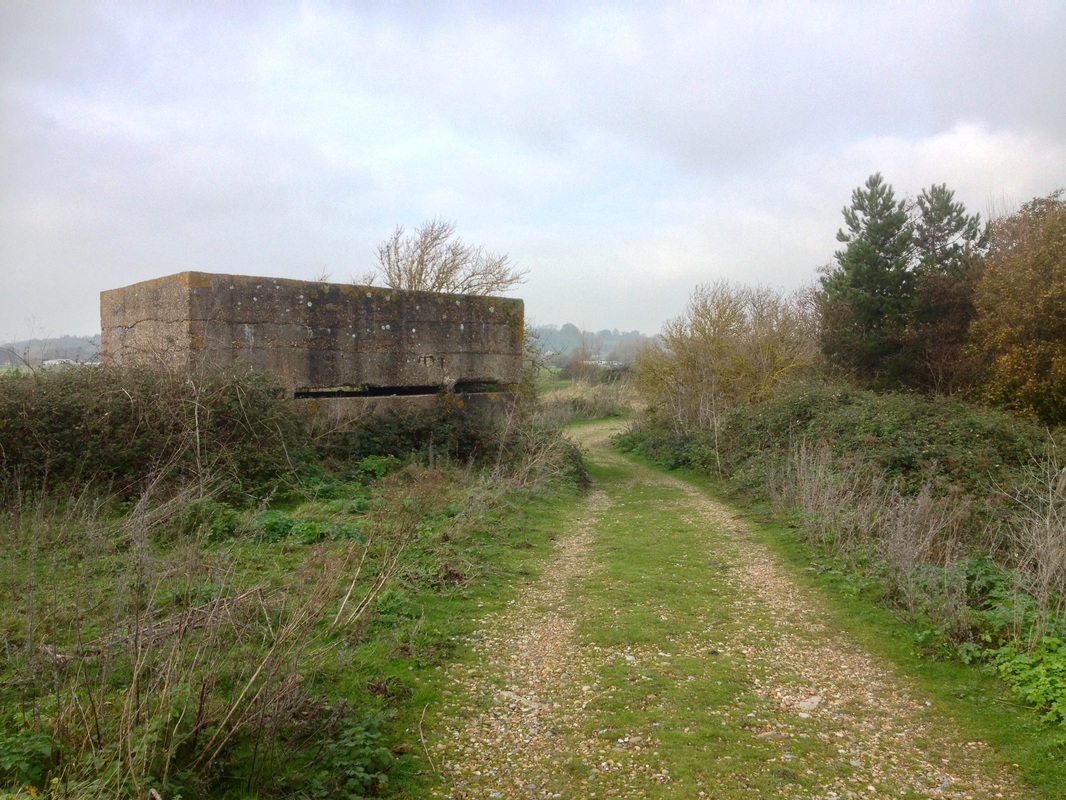
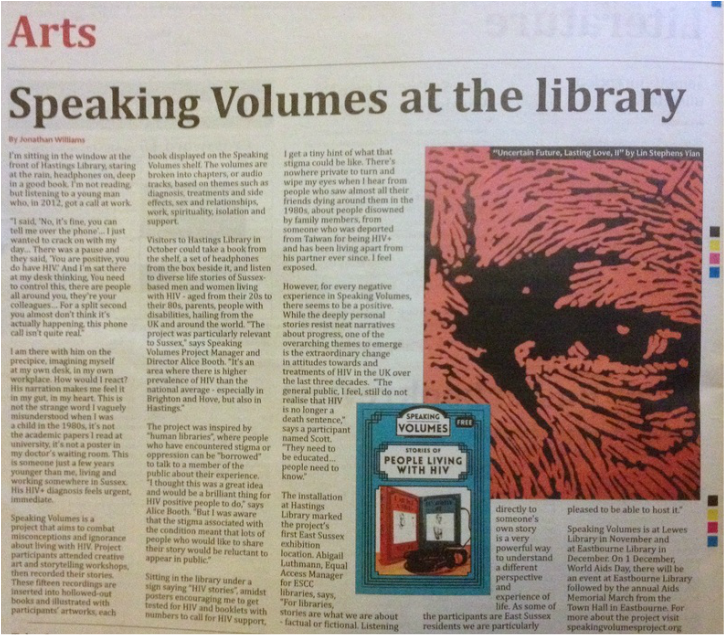
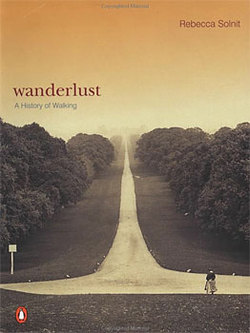
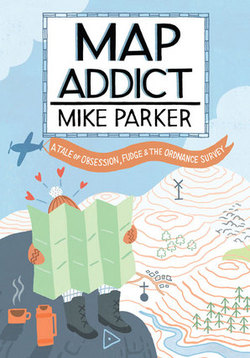
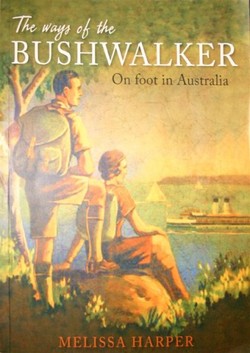
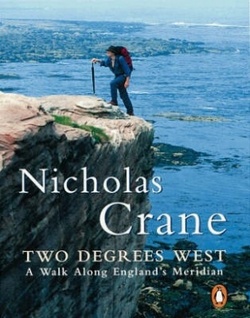
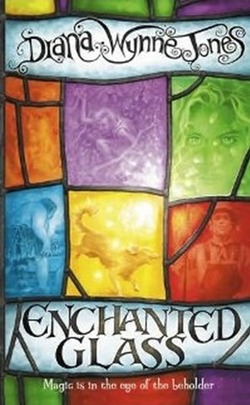
 RSS Feed
RSS Feed
